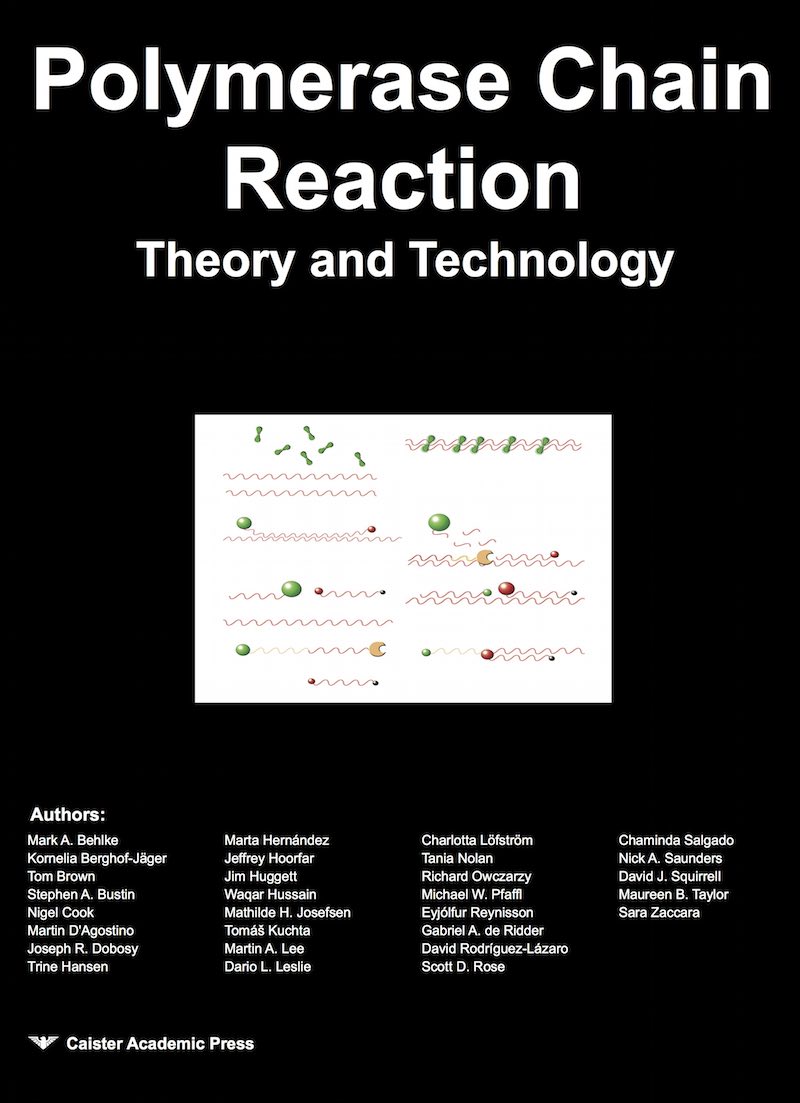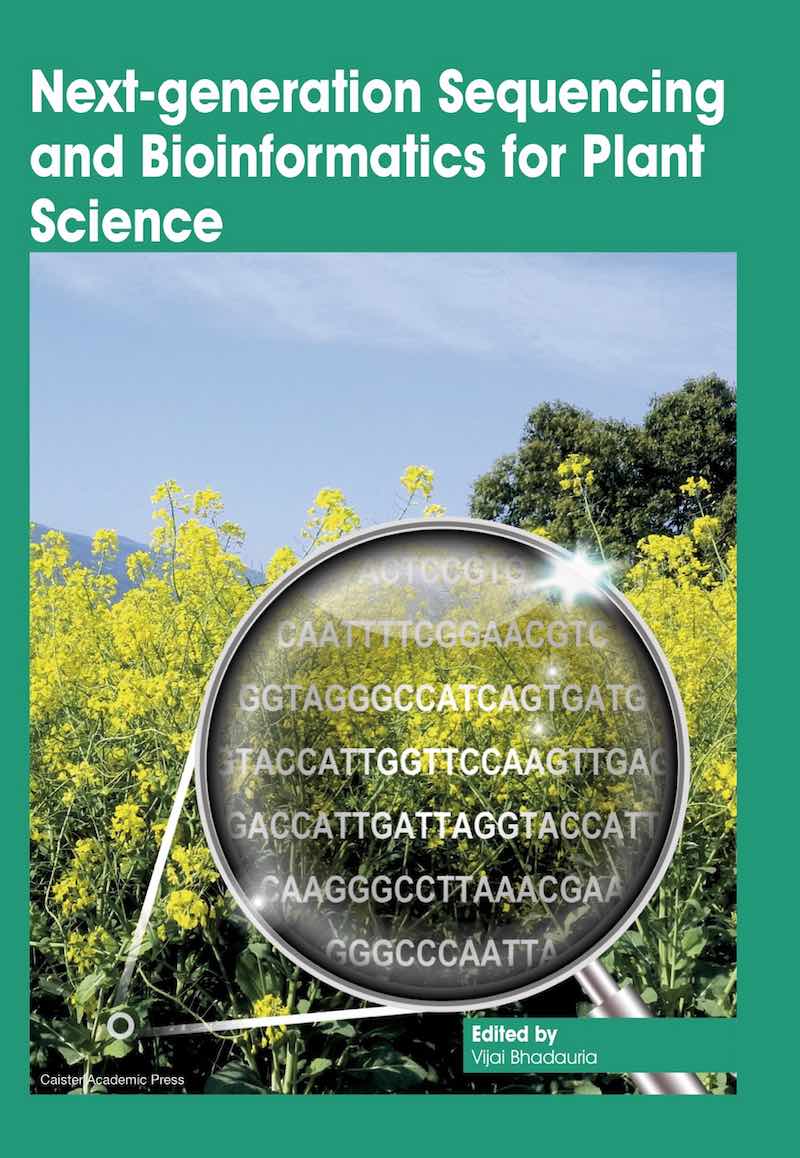Potassium Chloride Concentration
Recommended reading:
Climate Change and Microbial Ecology | Polymerase Chain Reaction | SUMOylation and Ubiquitination
Potassium chloride (KCl) is normally used in a PCR amplification at a final concentration of 50mM. To improve the PCR amplification of DNA fragments, especially fragments in the size range 100bp to 1000bp, a KCl concentration of between 70mM and 100mM is sometimes recommended. For the amplification of longer products a lower salt concentration appears to be better. But the PCR amplification of short products works better at higher salt concentrations. This is probably because an increase in salt concentration permits shorter DNA molecules to denature preferentially to longer DNA molecules. Shorter molecules are therefore amplified better at higher salt concentration. It should be remembered however that a salt concentration above 50mM can inhibit the Taq polymerase.
If you are finding unwanted, long, non-specific products an increase in KCl concentration may reduce the appearance of these products. Similarly, to get rid of short, non-specific products you can decrease the KCl concentration to about 35 or 40mM. In either case do not change the MgCl2 concentration. To improve the yield of a product you can try adjusting the KCl concentration: increase it for a desired product less than 1000bp; lower it for a desired product greater than 1000bp.
Further reading:
- PCR Books
- PCR Troubleshooting and Optimization: The Essential Guide
- Real-Time PCR: Current Technology and Applications
- Real-Time PCR in Microbiology: From Diagnosis to Characterization
- PCR Troubleshooting: The Essential Guide
Further reading
- Real-Time PCR: Advanced Technologies and Applications
- Real-Time PCR in Food Science: Current Technology and Applications
- Quantitative Real-time PCR in Applied Microbiology
See also: Current PCR books



